The Appeal of Play
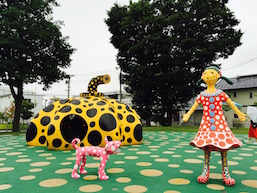
While art can be many things – a mastery of technique, an existential examination, a cry of protest – it can also be a form of play, for all ages. The exhibition “Jump” at Aomori’s Towada Art Center believes artists are people who’ve somehow held on to their exuberant, childlike ability to “fly,” defying gravity in a sense by refuting the things that tie us down to this world. Note that in Japanese, fly and jump are homonyms.
As a contemporary art hub with a strong pop streak, the Towada Art Center is suited to this buoyant theme. The Arts Towada indoor/outdoor complex is dotted with colorful sculptures that beckon visitors to roam around and enter them, with creations from artists such as Yayoi Kusama and Erwin Wurm.
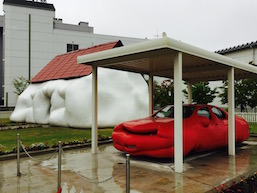
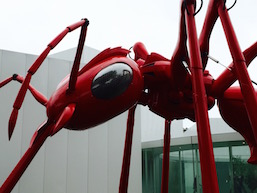
To kick off “Jump,” on July 18th and 19th the athletic dance unit nmatu-posu gave an acrobatic performance in the museum’s bright and airy cafe space.
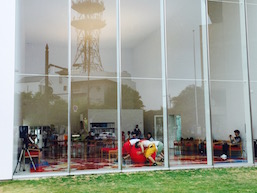
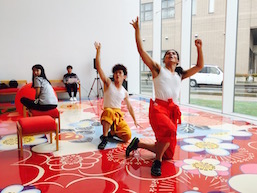
An aim of “Jump” is to encourage viewers to take a step beyond merely observing artworks and move towards interacting with and becoming a part of them. “Play,” says Arts Towada public relations manager Hiroki Toyokawa, “is an ideal way to welcome newcomers to the world of art.”
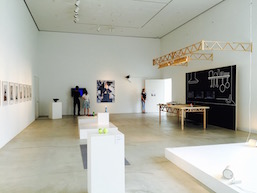
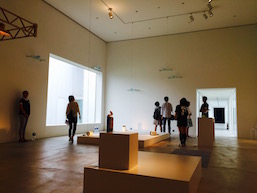
Erwin Wurm’s ‘One Minute Sculptures’ series embodies this idea of art being active rather than passive, presenting objects like tennis balls, cleaning supplies, and a drain cleaner bottle with instructions for visitors to balance these items on their bodies or between each other, transforming themselves into temporary “sculptures.” Photographs on the wall illustrate how others have acted out these prompts.
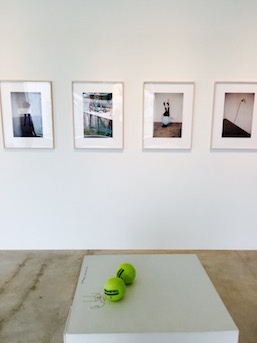
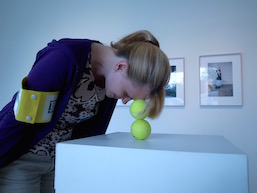
‘Crowbot Jenny’ (2011) by the artist Sputniko! extends the playful interactions between humans to other species. A music video shows Sputniko! working on a black, wing-shaped robot that mimics crow calls with specific messages, a device she uses to communicate with real birds.
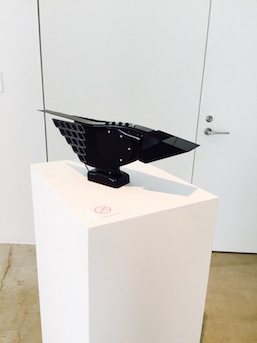
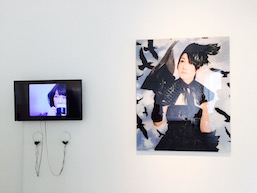
Tsuyoshi Ozawa, Chen Shaoxiong, and Gimhongsok of the Xijing Men, a performance art trio named after the fictional city of Xijing, offer a video called ‘Welcome to Xijing – Xijing Olympics’ (2008). Here they pretend to be Olympic athletes competing in absurd events like balloon volleyball, paper doll diving, and tickle fencing. While the appeal to silliness is a strength of the clips (the response of children is probably a good measure of a show about play, and the elementary schooler beside me was cracking up), the video also packs a subtler, subversive message about the ridiculousness of nations taking themselves and their sporting events too seriously.
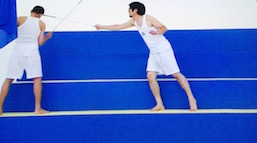
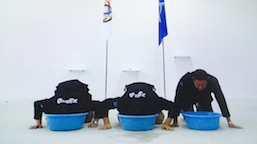
Hirofumi Masuda’s ‘Towada Kitchen Channel,’ another video-based work, stirs memories of food and home with Towada residents appearing on the set of a cooking show to explain favorite household recipes. Viewers can switch back and forth between each of the presenters’ channels, watching the programs in Japanese and English.
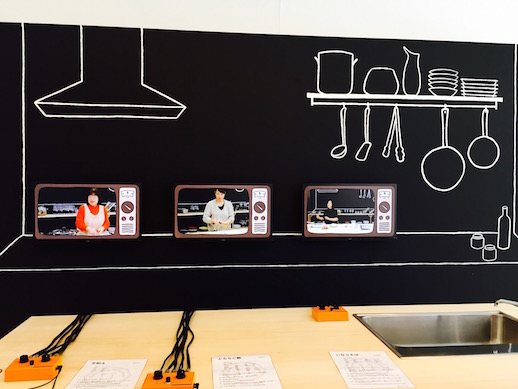
“Jump” also delves into the obsessive side of play in works like ‘CDs’ by Masaru Aikawa, who paid homage to his favorite musicians by replicating the artwork of their CD jackets and lyric booklets by hand. In addition to a dozen or so of these astoundingly detailed tributes, there are headphones and a CD player on the wall for listening to the albums sung, in full, by Aikawa himself.
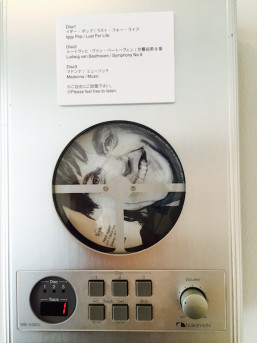
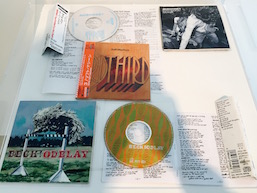
The late culture critic Nancy Seki, known as “the world’s greatest TV-watcher” and admired for her caricatures and sharp-witted essays, is another artist demonstrating a keenness to absorb and reproduce subjects of fascination. A selection of eraser stamps from Seki’s collection of more than 5,000 pieces is on display.
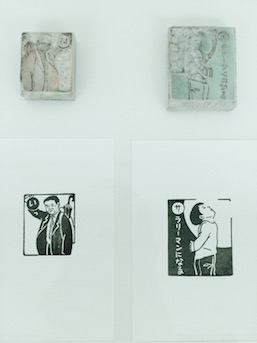
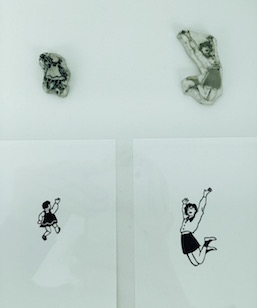
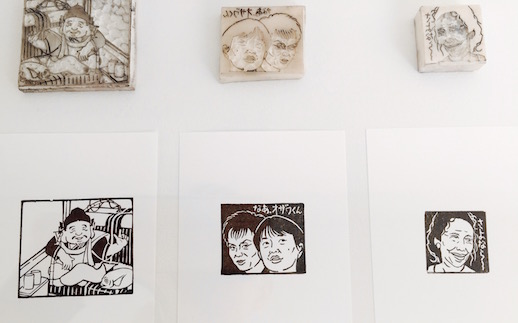
“Jump” is thoroughly enjoyable on its own, but its real success is as a prelude to Towada Art Center’s remarkable permanent exhibition, engaging in ways that open our minds to the transportive sense of wonder to be experienced throughout the museum. Highlights from the permanent collection include Ron Mueck’s towering ‘Standing Woman’ statue, the nocturnal forest of Mariele Neudecker’s ‘This Thing Called Darkness,’ Hans Op de Beeck’s ‘Location (5),’ – a room-sized work that makes the viewer feel like she’s entered a film set, or perhaps Edward Hopper’s ‘Automat‘ – and Takashi Kuribayashi’s ‘Sumpf Land,’ which presents a startling alternate world to those brave enough to stand on a table and put their heads through a hole in the ceiling.
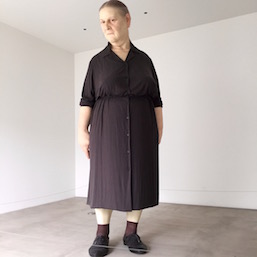
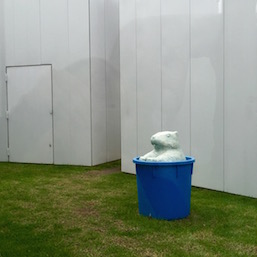
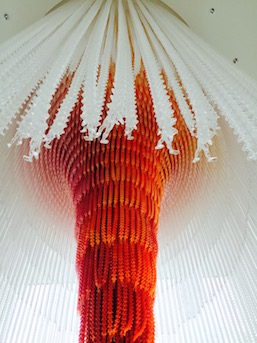
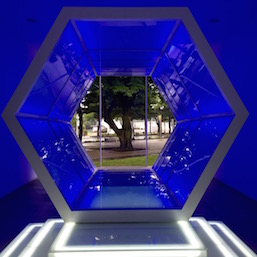
As the kind of show that takes interactions between works and viewers to the next level, “Jump” reminds us that art, like play, can be more than an amusement – it gives us the wings to take leave of our conventional confines, to reimagine ourselves and our surroundings.
MuPon-eligible “Jump” ends August 30th, 2015.
(Photography by Jennifer Pastore)


